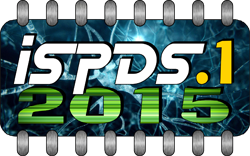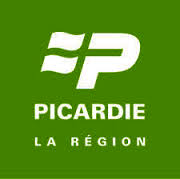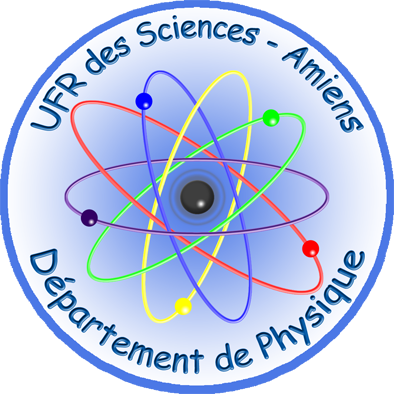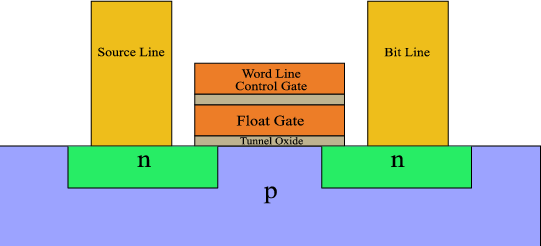Flash memory is a rewritable mass storage, based on semiconductor technology. It has the RAM characteristics, but the data don’t disappeared with a power off. Flash memory is a type of EEPROM (electrically erasable programmable read-only memory), introduced by Toshiba in 1984, which can modify several memory spaces together in one operation.
In single-level cell (SLC) devices, each cell stores only one bit of information. Some newer flash memory, known as multi-level cell (MLC) devices, can store more than one bit per cell by choosing between multiple levels of electrical charge to apply to the floating gates of its cells.
There are two types of flash memory: the NAND and the NOR, referencing to the logic gates.
Whereas EPROMs had to be erased before being rewritten, NAND type flash memory may be written and read in blocks. NOR type flash allows a single machine word (byte) to be written to an erased location or read independently.
The advantages are numerous: high speed, important lifetime and low consumption (zero when not used). That’s why flash memory is used in many fields: USB devices, digital camera memory cards, printer, computer, smartphone…
As the feature size of flash memory cells reaches its minimal limit, further flash density increases will be driven by greater levels of MLC, possibly 3-D stacking of transistors, and improvements to the manufacturing process.
Fig.3 : Schematic Flash memory device
 |
 |
 |
December 17-19, 2015 at Amiens (France)






